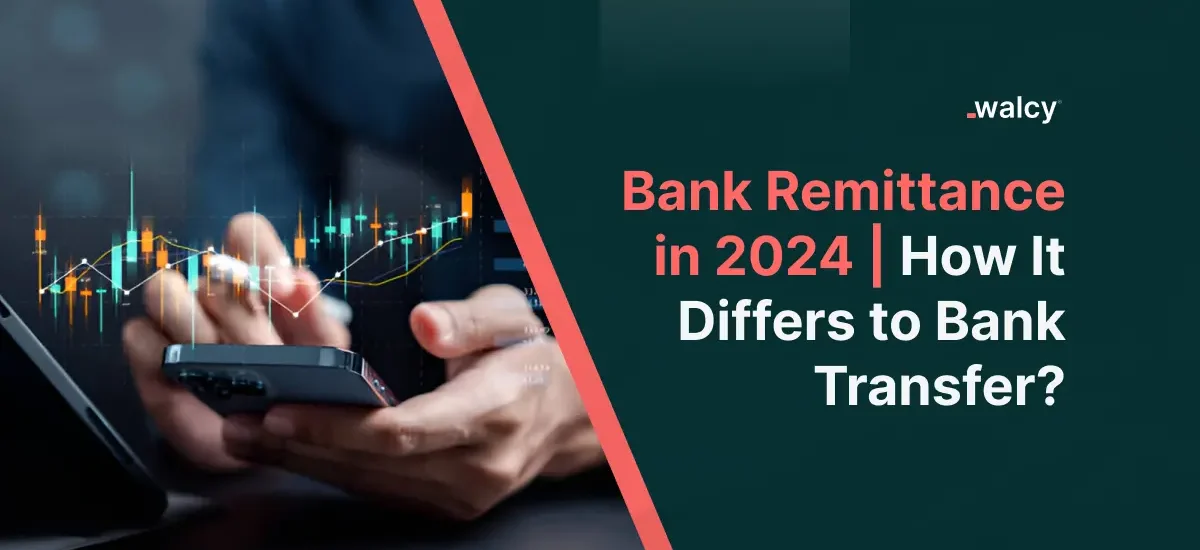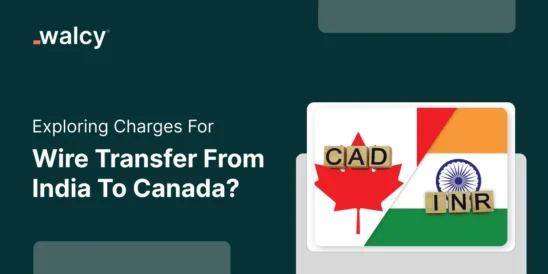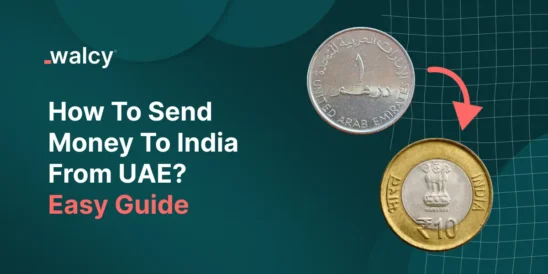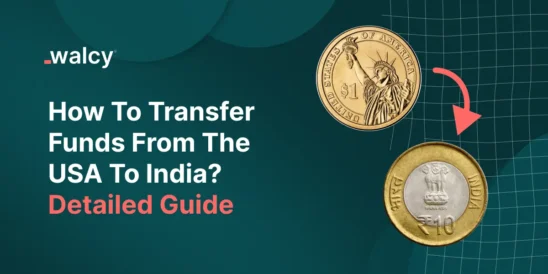Key Takeaways from the Article on Bank Remittance
Definition: Remittance is the non-commercial transfer of funds by foreign workers to their home countries, typically via banks or electronic systems.
Economic Importance: Remittances stabilize foreign currency exchange, alleviate poverty, support foreign reserves, and facilitate global business transactions.
Key Statistics:
-
- In 2023, remittances to low- and middle-income countries grew by 4%, totaling $669 billion.
- The USA is the largest source; the top recipients are India ($125 billion), Mexico ($67 billion), and China ($50 billion).
- The average global remittance cost is 6% of the transaction amount.
Types of Remittance:
-
- Inward Remittance: Funds received from abroad.
- Outward Remittance: Funds sent to another country.
Steps in the Remittance Process:
-
- Choose a payment channel based on fees and security.
- Initiate the transfer and verify documents.
- Process the transfer, notify both parties and confirm receipt.
Payment Methods:
-
- Wire Transfer: Efficient but dependent on fees and processing times.
- Mail Transfer: Outdated and less secure.
- Bank Transfers: Effective locally but complex internationally.
- Money Transfer Operators and Mobile Banking: Quick and secure but vulnerable to cyber-attacks.
In this article, we will contemplate the difference between a bank remittance and a general remittance, the importance of remittance in a nation’s economy, and the nitty-gritty of bank remittances. Furthermore, this article explores the concept of bank remittance, highlighting its economic significance and detailing the steps and methods involved.

Unlike general bank transfers which are generally local, remittances specifically refer to funds sent by foreign workers to their homeland, playing a vital role in stabilizing foreign currency exchange and supporting economic resilience.
The article also differentiates between inward and outward remittances and examines various formal payment channels, emphasizing their importance in global financial transactions.
Firstly, remittance can be of various forms, and we will discuss this in detail within this article. Still, the most commonly perceived definition of remittance is the non-commercial transfer of funds from a foreign nation via a conventional bank or a clearing house by a foreign worker to his/her homeland.
If we look at the etymology of the word remittance, we see it has been derived from the Latin word Mittere.
It roughly means “to send”; therefore, any form of bank transfer involving the transfer of funds from one bank account to another bank account can be considered a remittance.
Interestingly, not only funds but goods when transferred are also considered a remittance, since the goods also have some monetary value.
However, the modern definition that the World Bank has defined is that it is the earnings of a migrant worker sent back to his homeland for his/her family members.
Furthermore, a consolidated definition of remittances can be the payments transferred from one bank to another usually cross-border transfers and sent via wired transfer, post mail, drafts, cheque, or an electronic payment system.
Key Statistics
Remittance largely contributes to a stable foreign currency exchange in most countries.
It is considered a key contributor to poverty alleviation in third-world countries, stable foreign reserves in certain countries, global business transactions, and foreign employment.
Here are some of the important statistics that envelope the Y-O-Y growth of remittance, key contributors of remittance, key benefactors of global remittance, and other general facts and figures:
- Remittances received by low- and middle-income countries accounted for a growth of approximately 4% in 2023. The total amount of transactions predicted was $669 billion where a significant chunk originated from the Gulf countries.
- The United States of America was the largest source of remittance, and the top 3 remittance recipient countries were India with figures of around $125 billion, Mexico receiving $67 billion, and China’s inward remittance value of $50 billion.
- The bank’s remittance prices worldwide database depicted that the average remittance cost globally remained high with around 6% of the transacted amount, and on average cost $200 per transaction, in 2023.
- According to the bank’s remittance prices worldwide database, conventional banks remained the most expensive transfer channel with an approximate cost of 12.1% of the transacted amount, and the least expensive method was mobile operators with 4.1% of the cost.
- In some countries, remittance represents an inflow of a substantial share of GDP (Gross Domestic Product), where 48% of Tajikistan’s GDP was inward remittance, and for Tonga, Samoa, and Lebanon the figure was 41%, 32%, and 28%, respectively.
Read about: Know Everything about Foreign Inward Remittance Certificate
What are different types of remittance?
Generally, there are two types of remittances:
Inward Remittance
It refers to the funds received from a foreign country. For instance, a client when receives imported goods from another company in Singapore, the client sends money via wire transfer from his bank in Canada to the company’s bank in Singapore, this flow of funds is called inward remittance.
This transaction increases the amount of foreign currency (Canadian Dollars) held in Singapore.
While this can contribute to economic resilience by enhancing liquidity and foreign exchange availability, it does not directly increase the central bank’s foreign reserves unless specific actions are taken to convert and hold these foreign funds as part of the reserves.
Outward Remittance
Conversely, the opposite flow where one sends funds from his country to another country via a formal transfer channel is called an outward remittance. For instance, when a father as a financial sponsor for his daughter’s abroad education sends the funds to a foreign country.
Read about: Transferring Money To Foreign Bank Account. Essential Tips To Know.
Steps Involved In Remittance
Step 1: Selection of Payment Channel for remittance transfer:
The most crucial step is choosing the most suitable payment channel that balances reasonable fees, turnaround time, security, and feasibility for the recipient.
It’s important to note that the intermediary of remitting banks charges the fee, not the remittance service itself. Consider the feasibility of the recipient. If the selected payment channel has slow delivery, is far from the recipient’s location, or charges a withdrawal fee, such channels should be discarded.
Read about: Top Online Payment Methods Across The World.
Step 2: Initialization of Transfer:
The remitter must load funds into the respective bank account or buy a money order, depending on the chosen transfer channel. The bank will then charge certain fees for the transfer. The remitter can choose between a percentage fee per transaction or a flat payout structure.
However, it is extremely important to gather the recipient’s bank details such as the SWIFT number of the bank, account number, or share authorized documents and secret number in the case a bank is not involved. In certain cases, especially with neobanks, the remitter can share the transaction fee with the recipient.
Read about: International Payment Fees | The Essential guide.
Step 3: KYC Verification.
This is a very important step. The processing agency will request valid documents for KYC (Know Your Customer) verification, calculate a risk score based on regulatory guidelines, consider the transaction amount, and compare it to fraud databases from various sources.
Once the remittance company verifies the payment, it proceeds with processing.
Step 4: Processing of the Transfer:
After the verification step is complete, the remittance company or bank processes the transfer, converts the currencies if the international transfer is initiated, and prepares the transfer for delivery to the recipient’s payment channel or bank account.
Step 5: Alerts and Notification Tracking:
Both the remitter and recipient must receive text notifications, emails, or certain alerts to notify the status of the transfer. However, in the case the user receives a failed transfer alert, in most cases, the bank’s fees are not refundable.
Step 6: Fulfilment of Delivery of Funds:
Once the remittance transfers are delivered to the recipient via the selected payment channel, he/she can receive remittance the following ways: via direct bank deposits, easy cash pickups, mobile wallet recharges, or other methods depending on the service used.
Step 7: Confirmation and Receipt:
Once the recipient authorizes acknowledgment of the funds. The remittance service provider or the bank provides a remittance receipt to both the sender and recipient, this confirms that the transaction is now complete.
Step 8: Customer Support:
One of the key issues with remittance providers is poor customer support, since the payment can be delayed, the transaction might fail due to unforeseen conditions, the recipient banks ask for more fees, and problems with tracking the transferring amount.
Different Payment Methods for Remittance
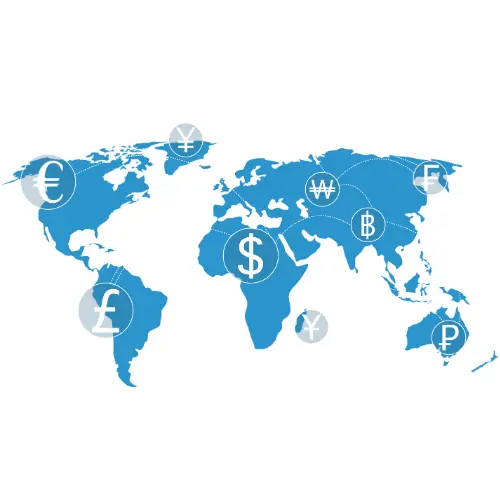
It is essential to understand what the formal channels for various payments are. Still, a significant chunk of monetary transfer is via informal channels, however, since they are hard to monitor and gauge the method of transfer, I have opted to focus on formal channels.
These channels are compliant with anti-money laundering and counter-terrorism funding policies and are more secure, transparent, and strictly regulated. Therefore, I urge people to opt for formal channels for monetary transfer.
Read about: What Are The Penalties For Money Laundering? Quick Facts
Some formal channels are as follows:
Wire Transfer:
It is the most popular mode of transfer of remittances, it transfers funds electronically and usually takes around 24 hours to 5 days from initiation of transfer to the fulfillment of the transfer.
However, the cost per transaction and transfer time depend on the country and currencies involved in the transaction.
Because some country charges higher fees for the transaction or multiple payment processors are involved in the currency transfer. They allow larger funds transfers and facilitate cross-border transfers, unlike some formal channels.
Mail Transfer:
It is an antiquated payment transfer method for transferring funds and is slower compared to electronic fund transfer since it utilizes postal services to transfer funds.
This type of payment method is the least popular in the digital world, and slowly this type of fund transfer is becoming obsolete. Further, the transaction limit is fairly low and it is less secure compared to other channels.
Conventional Bank Transfers:
These involve brick-and-mortar banks and utilize their network of banks to transfer funds locally. However, for international funds transfer, they are less effective since they need to utilize multiple payment processors or take the help of specialized clearing houses for the fulfillment of transfers.
Money Transfer Operators:
They specialize in international remittances and cater to businesses and individuals globally. Western Union, TransferWise and MoneyGram are leading Money Transfer Operators in the world.
Mobile Banking and Payment Services:
These are the new breed of payment transfers utilizing embedded banking within a mobile application.
They enable the transferring of funds between accounts, and cross-border payments integrating digital payment channels within their application, and are quick and secure. However, like all digital solutions, they are prone to cyber-attacks and mobile device compromise.
Know Everything About Cross-Border Payment.
Find The Best International Payment Alternatives.
Bank Transfers vs Bank Remittance
Bank transfers are usually local funds transfers that do not transcend a boundary or jurisdiction of a country or union country. It does not matter whether the accounts are held at the same bank or different banks.
On the other hand, bank remittances are funds transfers similar to that explained in this article which transcend boundaries, are strictly regulated, involve currency exchanges, and stringent monitoring for mitigating money laundering and terrorist funding.
Remittance plays a crucial role in the global economy by stabilizing foreign currency exchanges, alleviating poverty, and supporting foreign reserves.
It involves the non-commercial transfer of funds by foreign workers to their home countries via various methods such as wire transfers, conventional bank transfers, and mobile banking.
In 2023, remittances have grown significantly in low- and middle-income countries, with the USA being the largest source.
The remittance process involves choosing a suitable payment channel, verifying documents, processing the transfer, and confirming receipt. Despite the high costs associated with certain methods like conventional banks, remittances remain a vital economic lifeline for many countries.
Learn about Foreign Currency Exchange services.
Know the Factors Affecting Foreign Exchange Rates.
Sources
-
Remittance Flows Continue to Grow in 2023 Albeit at Slower Pace, https://www.worldbank.org/en/news/press-release/2023/12/18/remittance-flows-grow-2023-slower-pace-migration-development-brief
-
Remittances, Migration Data Portal, https://www.migrationdataportal.org/themes/remittances#:~:text=In%202023%2C%20the%20top%20five,since%202008%20(ibid.)
Please refer to the Terms, Privacy Policy, and product availability applicable to your region, or visit the Walcy Pte. Ltd. website for the most current details about service availability, markups, payout costs, and related fees.
We do not make any express or implied representations, warranties, or guarantees regarding the accuracy, completeness, or timeliness of the content in this document.
This blog serves as general information and does not constitute legal, tax, or other professional advice from Walcy Pte. Ltd. It should not be relied upon as a substitute for consulting a financial advisor.
Do follow us on Facebook and LinkedIn, to stay connected with us.
By – Dr Adhikari B | CEO | CO-FOUNDER Walcy
